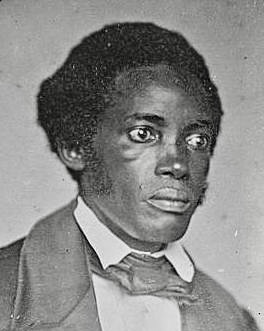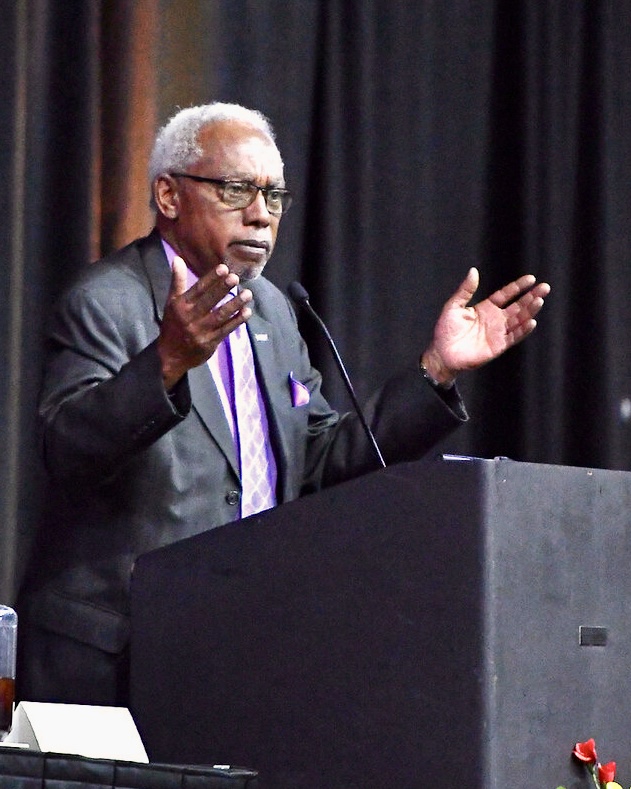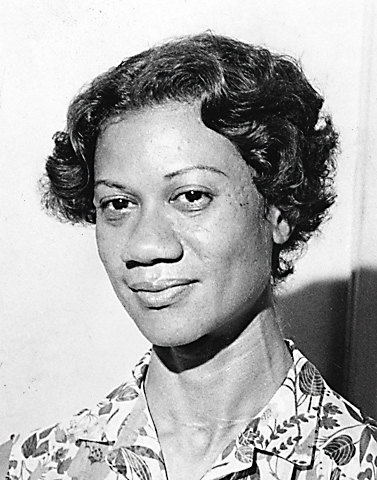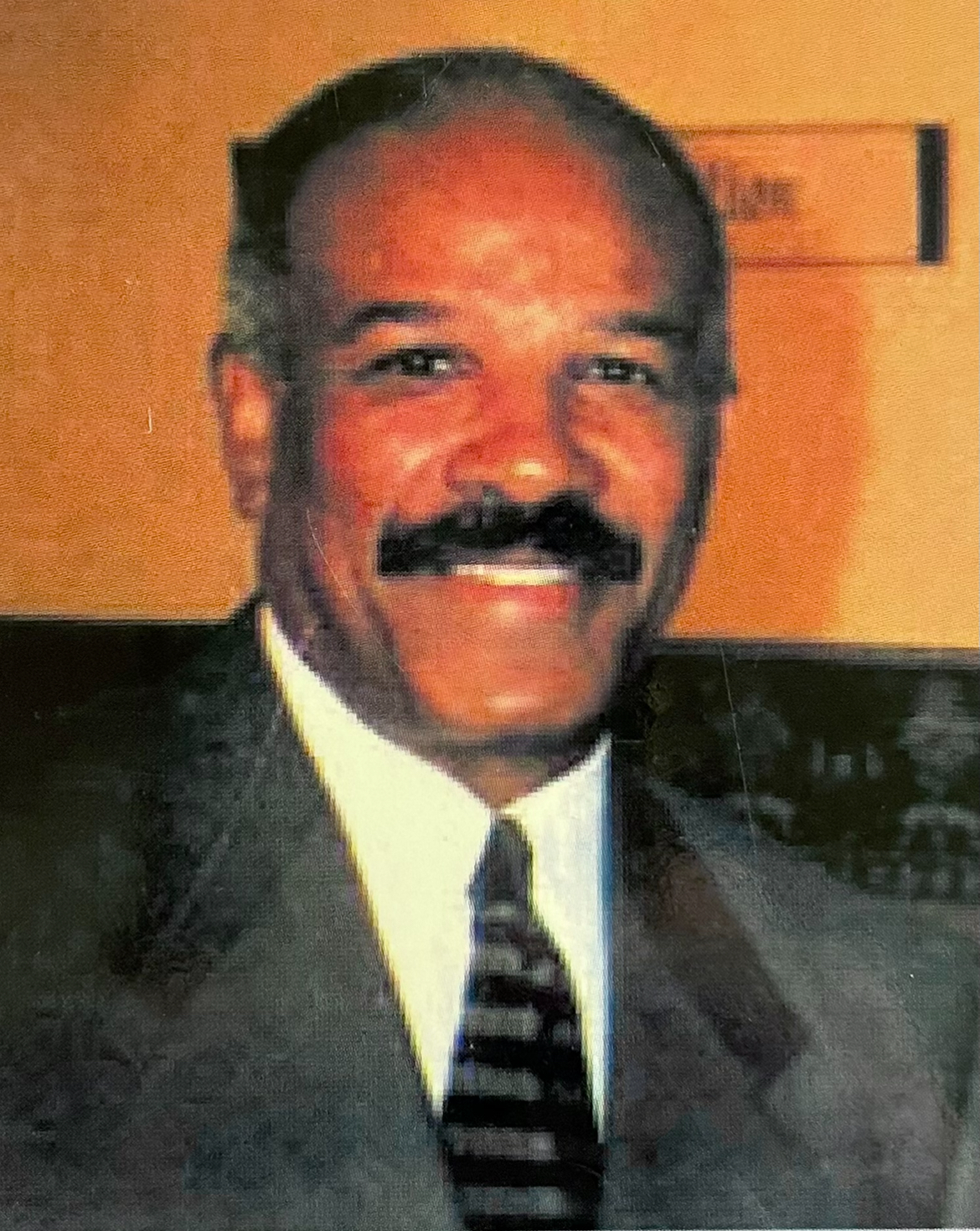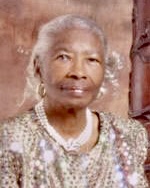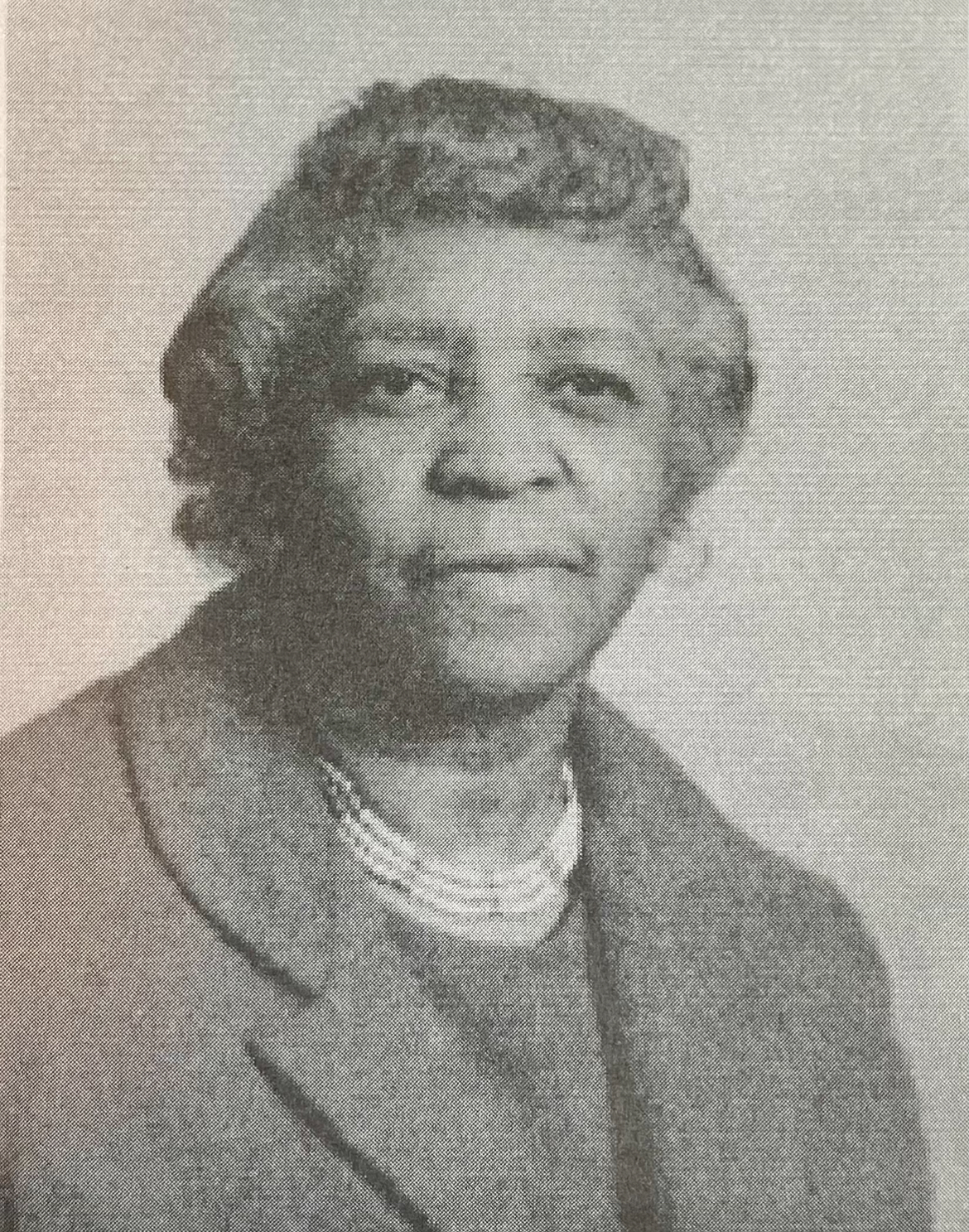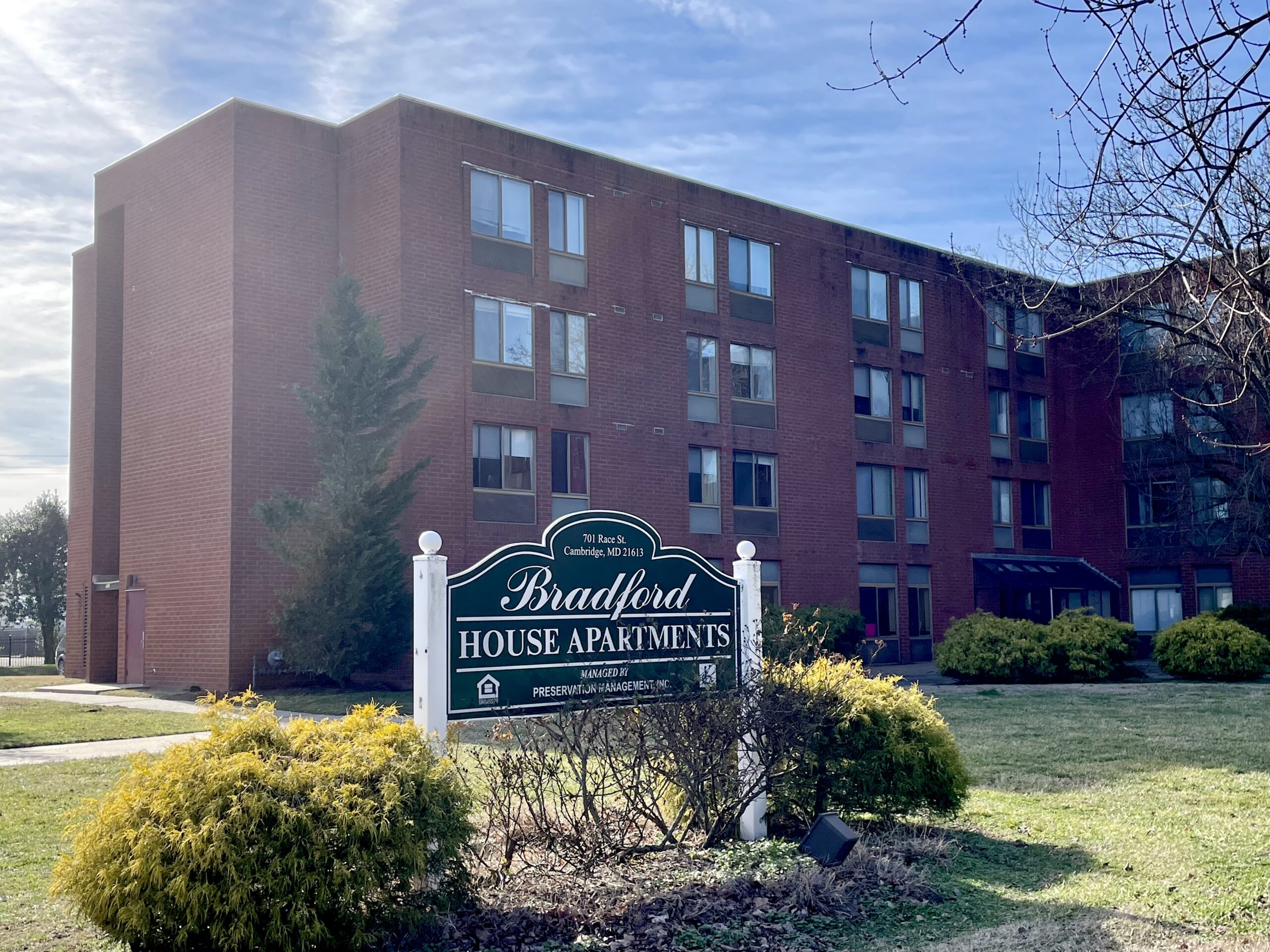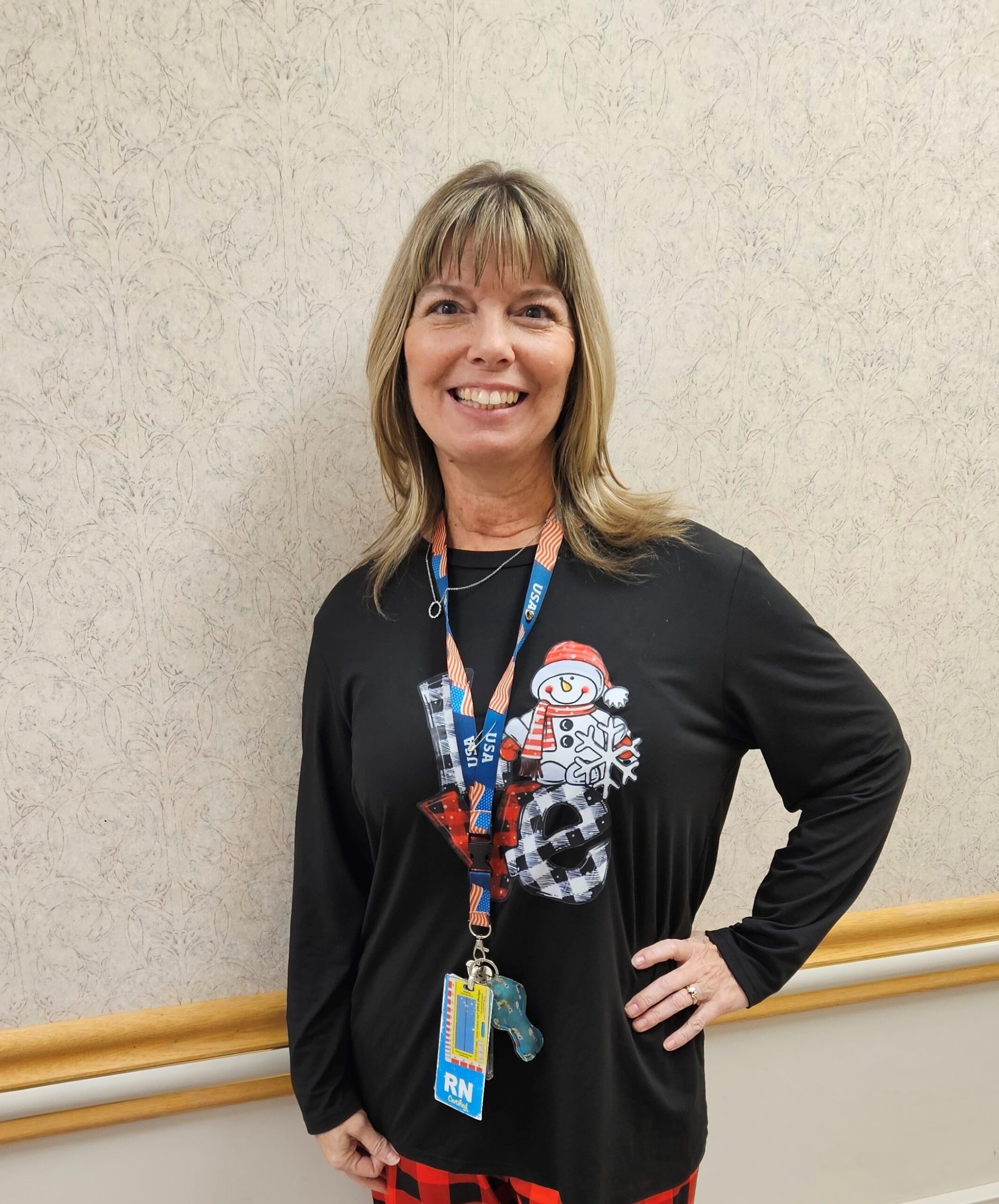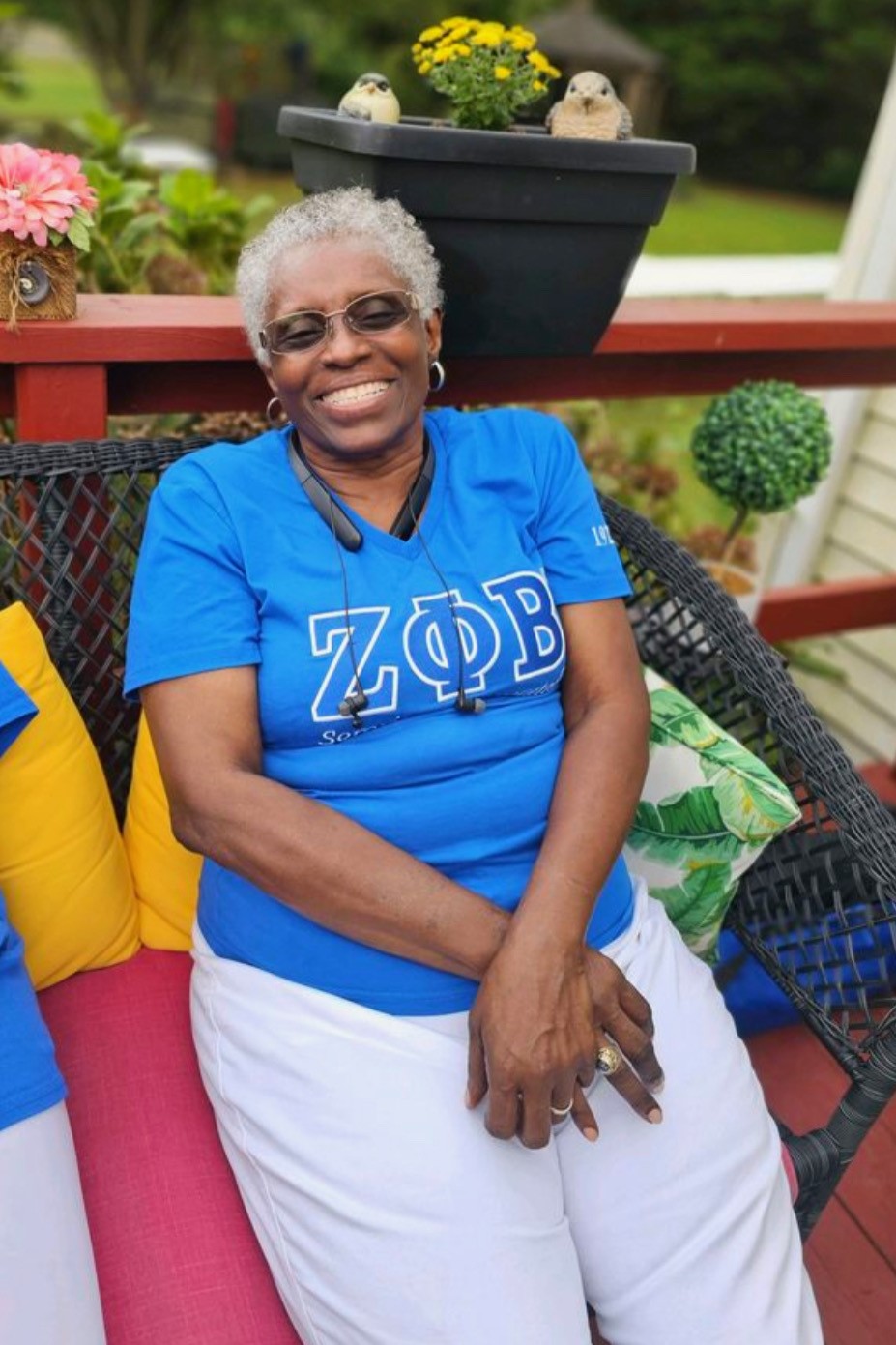“This was a hard decision for me to reach,” said Tom Carroll in an email on Tuesday, “but I do know it is the right decision to make.”

Tom Carroll
He was referring to his surprise choice to resign from his position as city manager of Cambridge, which he announced to the City Council in a closed session on March 18. Carroll made it clear in an accompanying letter that his resignation is because of his year-long issues with Cambridge Waterfront Development Inc., which has the responsibility for the proposed Cambridge Harbor endeavor. He is convinced the project cannot succeed with its present concept.
“I hope to be wrong and to see Cambridge Harbor become a story book success,” he said in the email. “But I fear that I will be correct in its lasting and long-term impacts for Cambridge unless it is fundamentally changed. I can no longer stand by while this project moves forward in its current form and with the current governance structure.”
After expressing these concerns to the City Council, he did so to CWDI’s executive director, Matt Leonard, in an October 24 letter. He summarized his concerns thusly: CWDI seemed determined not to bring in a master developer for Cambridge Harbor, the CH proposal would not allow for the site’s successful development without a large public subsidy, a proposed tax increment finance district would capture “too much tax revenue for too long from too large of an area from the city,” and there was a lack of “transparency, accountability, and responsiveness to the City Council.”
“I have never seen an organization more dedicated to public entitlement than CWDI,” said Carroll.
But, after all that, what was the straw that finally broke the camel’s back for Carroll? He told the Spy there were three events that led to his decision in December to seek employment elsewhere. The first was an ethical conflict between a city council member and a CWDI attorney, and the second was Leonard’s refusal to provide a timely explanation about what a $60 million public subsidy would be for.
The third event was the publication of a December 15 memo from Leonard to the CWDI board of directors. In it, he said, “City leadership’s words and actions over the last few months could be jeopardizing the Boutique Hotel deal. That the City is viewed as, at best, unsupportive of the Cambridge Harbor project and, at worst, openly hostile to it are factors being discussed.”
Carroll called this statement “inflammatory.” Compounding matters, when he expressed his dismay to Shay Lewis-Cisco and Dion Banks, two of the city’s representatives on the CWDI board, they did not respond for weeks.
In an emailed response to the city manager’s departure, Matt Leonard wrote that it underscores the idea that “CWDI needs to be apolitical, so progress on Cambridge Harbor can continue steadily through regular political cycles and the normal turnover of public staff. That is what CWDI is currently doing—advancing its community-first mission during this disruption.”
Mayor Steve Rideout said in a press release that he and the city commissioners were “saddened” by Carroll’s decision and that his expertise would be missed. “His tenure here has been a time of significant growth and carefully considered decisions that were needed to continue the positive changes that have taken place in Cambridge since our council-manager form of government was instituted in 2015.”
Rideout acknowledged that, as with any unexpected change, the staff and community would deal with some uncertainty and questions. But he went on to say that the team Carroll had assembled during his two years in the position would continue the city’s work “effectively and efficiently.”
Carroll still has some significant work to do before vacating his office around May 17 to take on the job of city manager for Lexington, Va. First, there is the development of a budget for the coming fiscal year. Then there is the establishment of a landbank and the search for its board members.
Tom Carroll is proud of his accomplishments in Cambridge, a city he says he will miss. He expressed his admiration for its natural beauty and for its “amazing” people. And he plans to keep in touch with the friends he made here.
“This is a wonderful community with so much yet-to-be-realized potential,” he said in his letter to the city council. “I am honored to have served here with you.”



